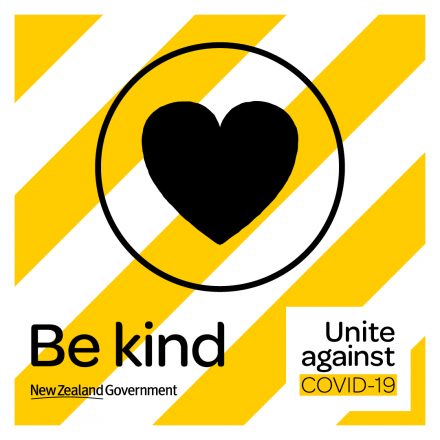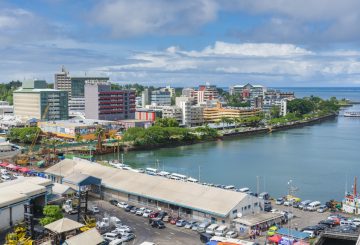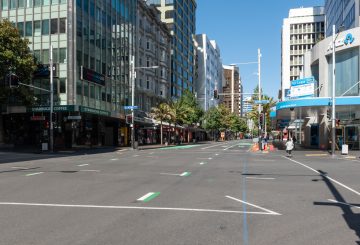Auckland’s Delta outbreak has coincided with a “drastic” surge in Covid-19 disinformation that’s outstripped even that observed online over all of last year.
Now, researchers are concerned that our parallel “infodemic” is steering the vaccine hesitant toward extreme, far-right ideologies that target minorities.
A new report – released on a day that thousands of people are out protesting against official measures to combat Covid-19 – has pointed to a clear escalation in this type of material in the 12 weeks since Auckland moved into lockdown.
“Both posts and engagement have drastically increased since 17 August 2021 and show a trajectory of growth and spread that is increasing, widening, and deepening every week,” the researchers said.
There appeared to be a high degree of co-ordination and collaboration between online platforms in spreading disinformation, or deliberately-created false information.
“This means that content shared into one platform is quickly shared amongst other accounts within the same platform or app, and also transmits across different social media platforms.”
The researchers also pin-pointed a handful of social media accounts that were driving much of it.
“These accounts are increasingly coordinated in the production of content, and the selection of frames, subjects, issues, topics and offline events.”
Around the Covid-19 vaccine, particularly, they flagged some troubling trends – with groups pushing disinformation around pregnancy and menstruation to fuel fear and distrust.
As well, the researchers noted violent jokes, racist slurs and crude language have become part of a new normal among users.
That vitriol was being targeted at Māori, Pasifika, migrants, women, the LGBTQIA+ community, people with disabilities, health workers, government employees.
The experts concluded that vaccine misinformation appeared to be used as a “kind of Trojan Horse for norm-setting” of far-right beliefs.
“Such ideologies include, but are not limited to, ideas about gun control, anti-Māori sentiment, anti-LGBTQIA+, conservative ideals around family and family structure, misogyny, anti-immigration.”
• For trusted information about Covid-19 and Covid-19 vaccines, visit the Unite Against Covid-19 website.






























































